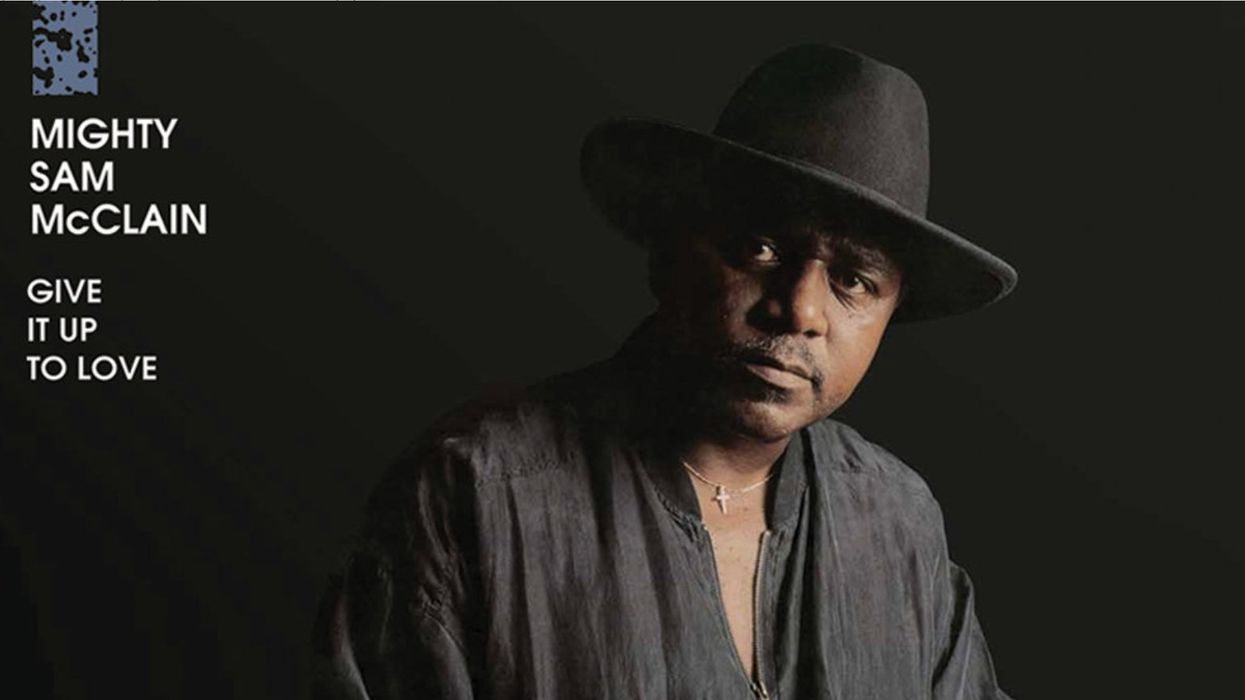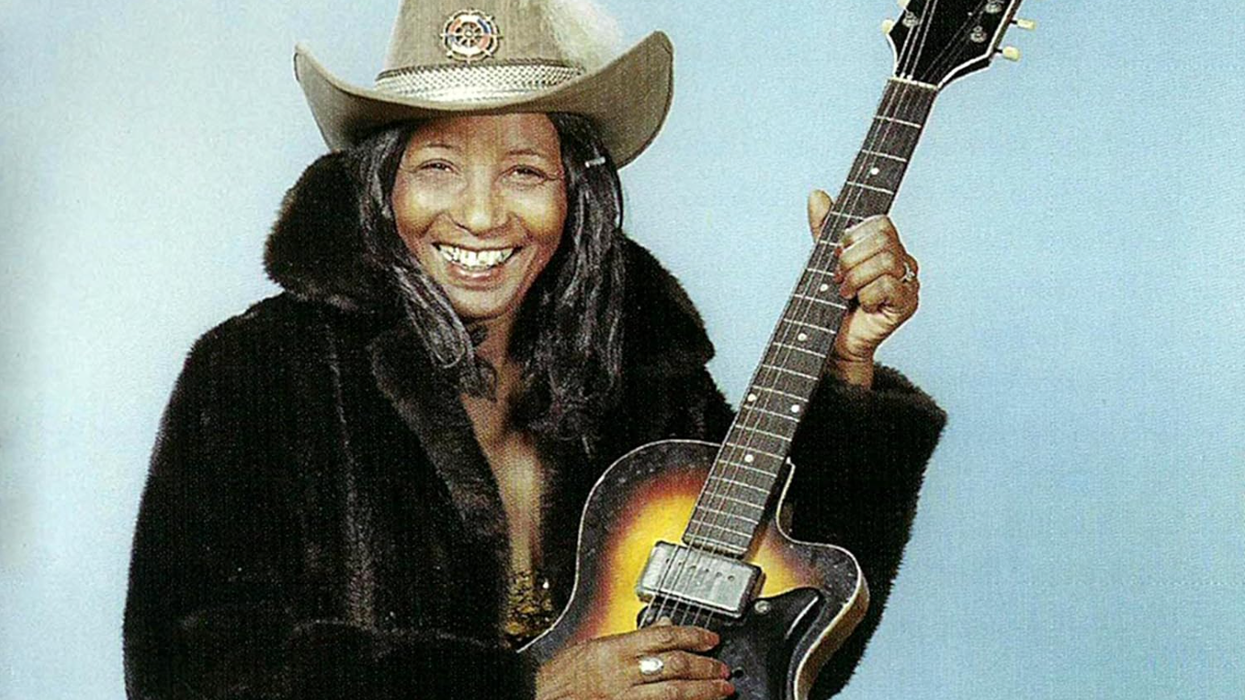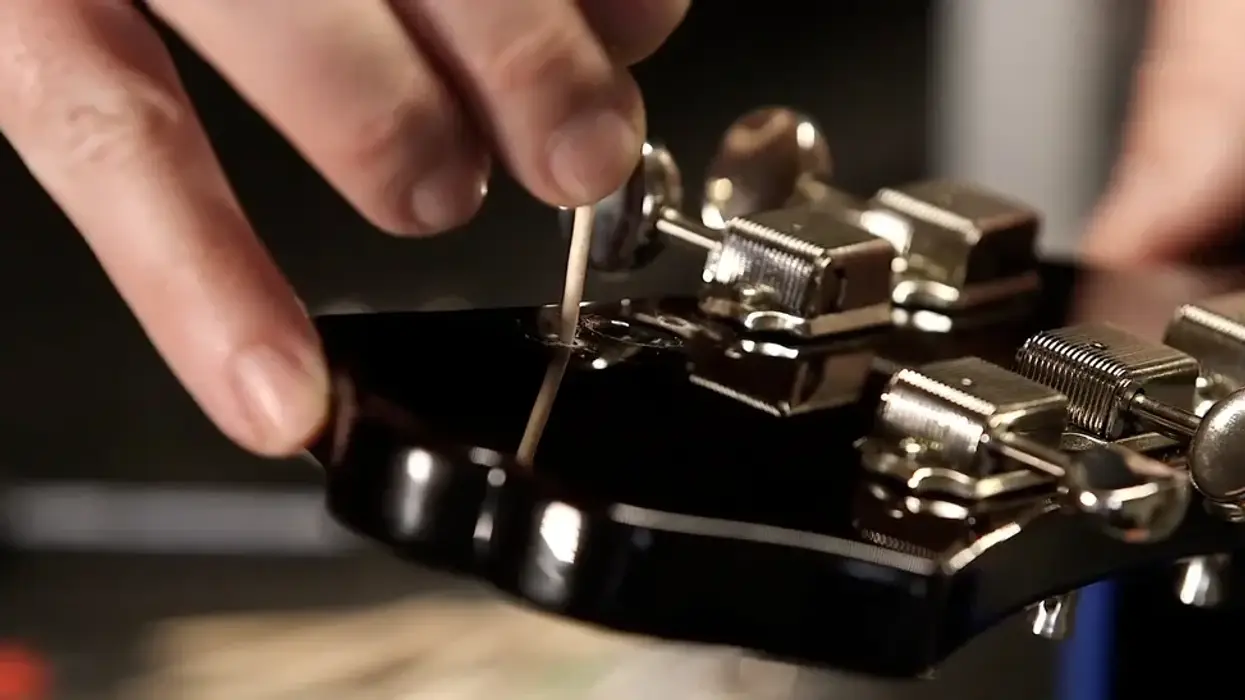I recently asked Alexa, the device I pay to spy on me in my home, to play “Cities on Flame with Rock and Roll,” by Blue Öyster Cult. I hadn’t heard the song in ages, but the opening riff sounded so damned rock that my immediate reaction was “That’s exactly how a Marshall should sound!” Then, the algorithm kicked out “Sweet Child o’ Mine,” by Guns N’ Roses, followed by AC/DC’s “Highway to Hell”—both also exactly how a Marshall should sound. Later that day, I pulled out the Blues Breakers with Eric Clapton album, and, indeed, E.C.’s combo sounds exactly how a Marshall should sound. So does Anthony Pirog’s amp on The Messthetics and Five Times Surprise. And since the latter is a Mahavishnu Orchestra tribute, I dropped the needle on Mahavishnu’s live Between Nothingness & Eternity and, well, you know, John McLaughlin’s amp sounds exactly like a Marshall should sound.
As you know, all those players sound remarkably different, as well as remarkable. Which got me thinking about the magical loop we call tone. There is a lot of discussion about how tone is created, and what its essential elements are. But the most important component of tone is our brain. It’s where our concept of good tone is built and nurtured, and where tones that we create or simply hear return for assessment when they are received by our ears. What’s “good” is defined by our cranial concept of good, and so for some an ideal sound is a guitar with its tone dial rolled back, plugged into a dirty Marshall. For others, like, say, Nile Rodgers, it’s a Strat with a clean Hot Rod DeVille.
My point is: Great tone is subjective. And yet, creating it is an objective art. That’s a fascinating intersection, where the real and the unreal unite to become, ideally, larger than life. There are debates about whether wood or pickups are the magical core source of tone, videos about sustain which nearly rise to the ludicrous height of putting a humbucker in a banana, arguments about whether a certain pedal provides the special sauce of guitar godhead, or whether a great amp, or a great modeler, is the key ingredient. (A few days after my orgy of Marshall listening, I strolled into a Wolfmother soundcheck, and the guitar tone was big and badass. But no Marshall. No amp. Guitarist Andrew Stockdale’s road head is a Line 6 HX Stomp.) It’s similar in the acoustic guitar world, where the conversation runs to wood sourcing, bracing, neck joints, strings, attack, and other physical considerations also discussed among electric tone fiends.
“Great tone is subjective. And yet, creating it is an objective art. That’s a fascinating intersection.”
Guitar building is a very important part of that area where the objective and subjective meet. And one of the great aspects of our annual builders’ issue is talking to professionals who stand at that intersection every day. They all approach guitar building with that mix of the objective—there are woods to select, pickups to choose, finishes to evaluate, hardware, body-chambering, fretboard considerations, and more—with the subjective goal of creating a great tone. Some, like the Gretsch Custom Shop’s Chad Henrichsen, work from classic-guitar templates, but their own creative decisions and input from customers—looking for their own ideal tones—inform and impact the end results in myriad ways. Others, like Martin’s Joe Silvius, are specialists, who have devoted their lives to pursuing an aspect of tone creation to its fullest. In Joe’s case, that’s the selection and nurturing of woods. And some, like Carlos Lopez, the founder of Castedosa Guitars, are chasing a deeply personal muse that compels them to do it all, from controlling the saws and routers to winding pickups. What they all have to say is insightful and can help inform our own spirited chase of the perfect sound.
Of course, some will argue that tone is in your fingers and attack, or some other highly personal, idiosyncratic aspect of your physical—and possibly psychological—approach to guitar. Jeff Beck is perhaps the most sainted example of that. But ultimately, tone is a gestalt—a wondrous union of brain and body and wood and wire and strings and (maybe) electricity, and sometimes even weather. It’s why a Marshall, or any other well-made amp, can sound good 100 different ways under the control of 100 different players spanking all kinds of guitars. And why, for most players, tone remains a lifelong quest, brimming with options. After all, tone is everything, and everything is tone.












![Rig Rundown: Russian Circles’ Mike Sullivan [2025]](https://www.premierguitar.com/media-library/youtube.jpg?id=62303631&width=1245&height=700&quality=70&coordinates=0%2C0%2C0%2C0)




